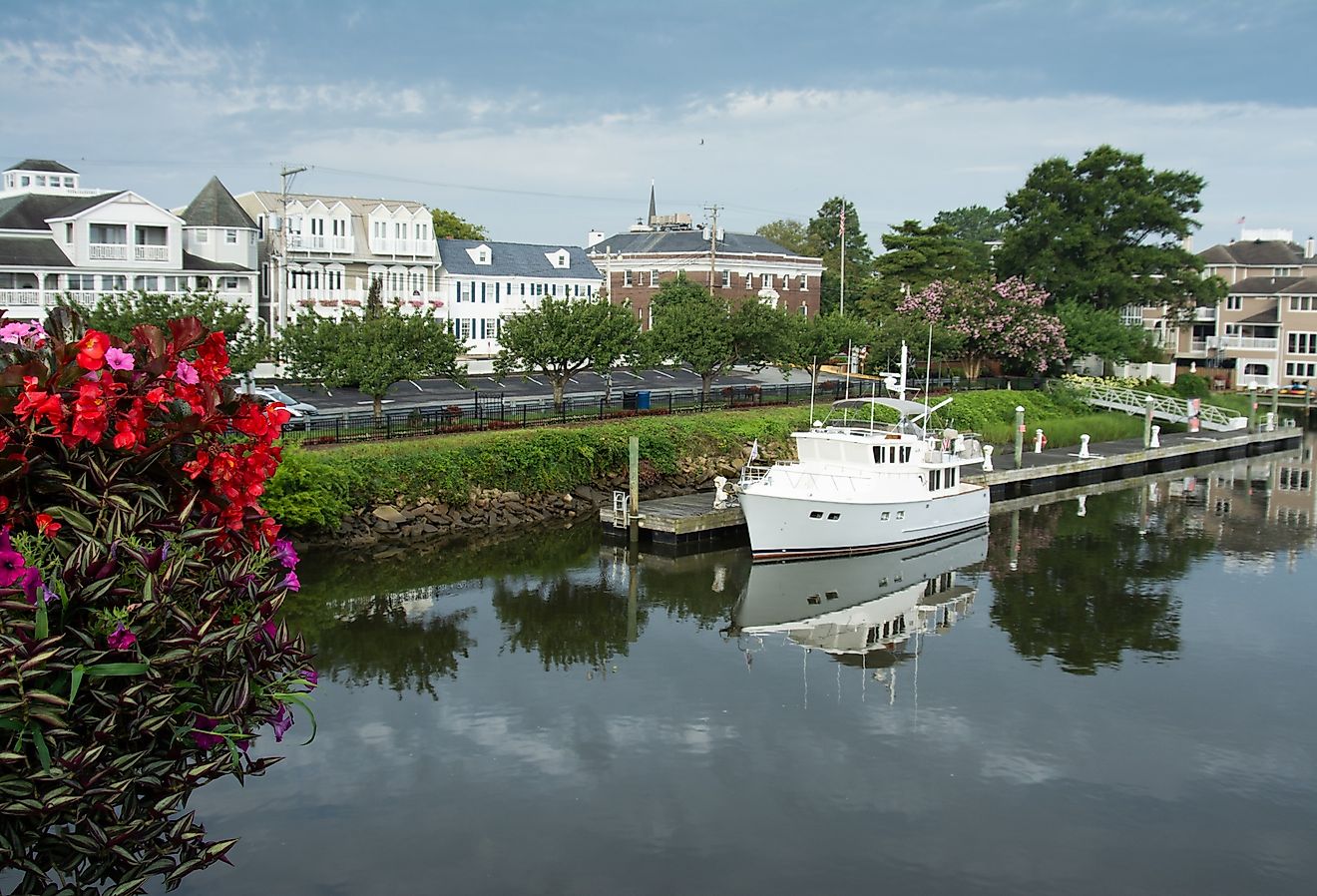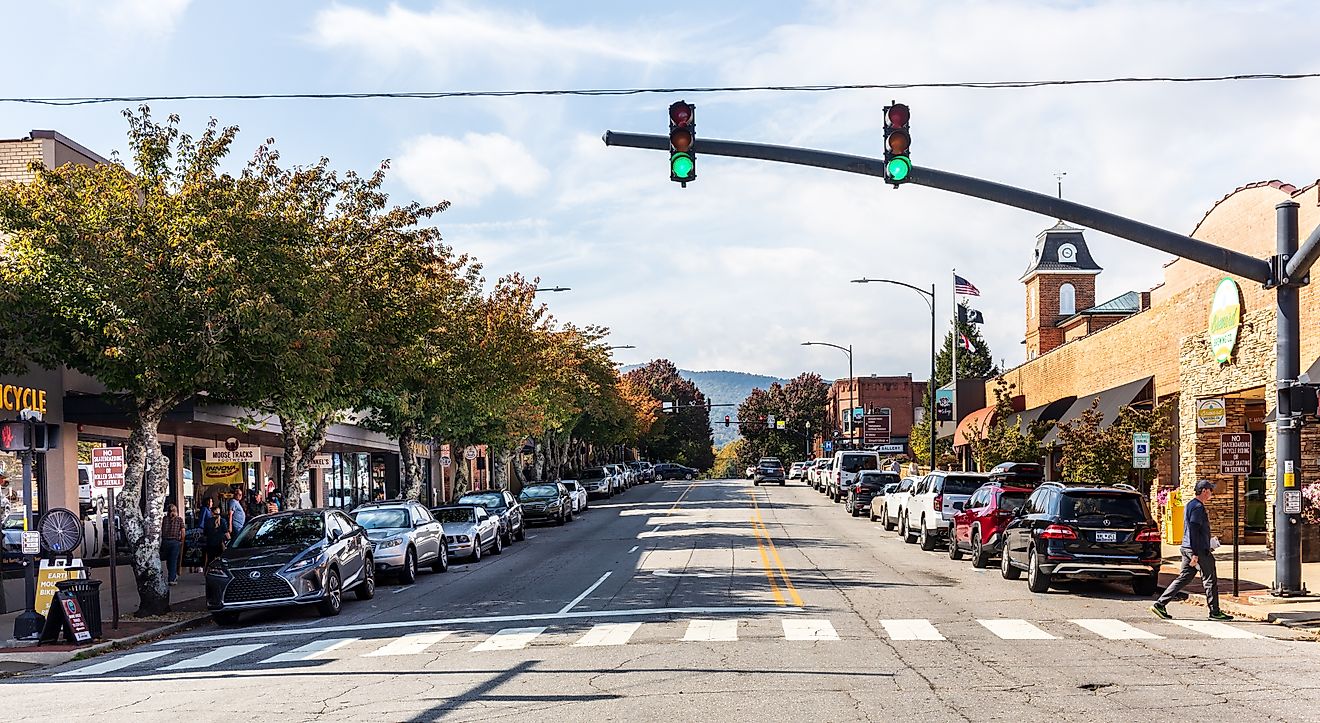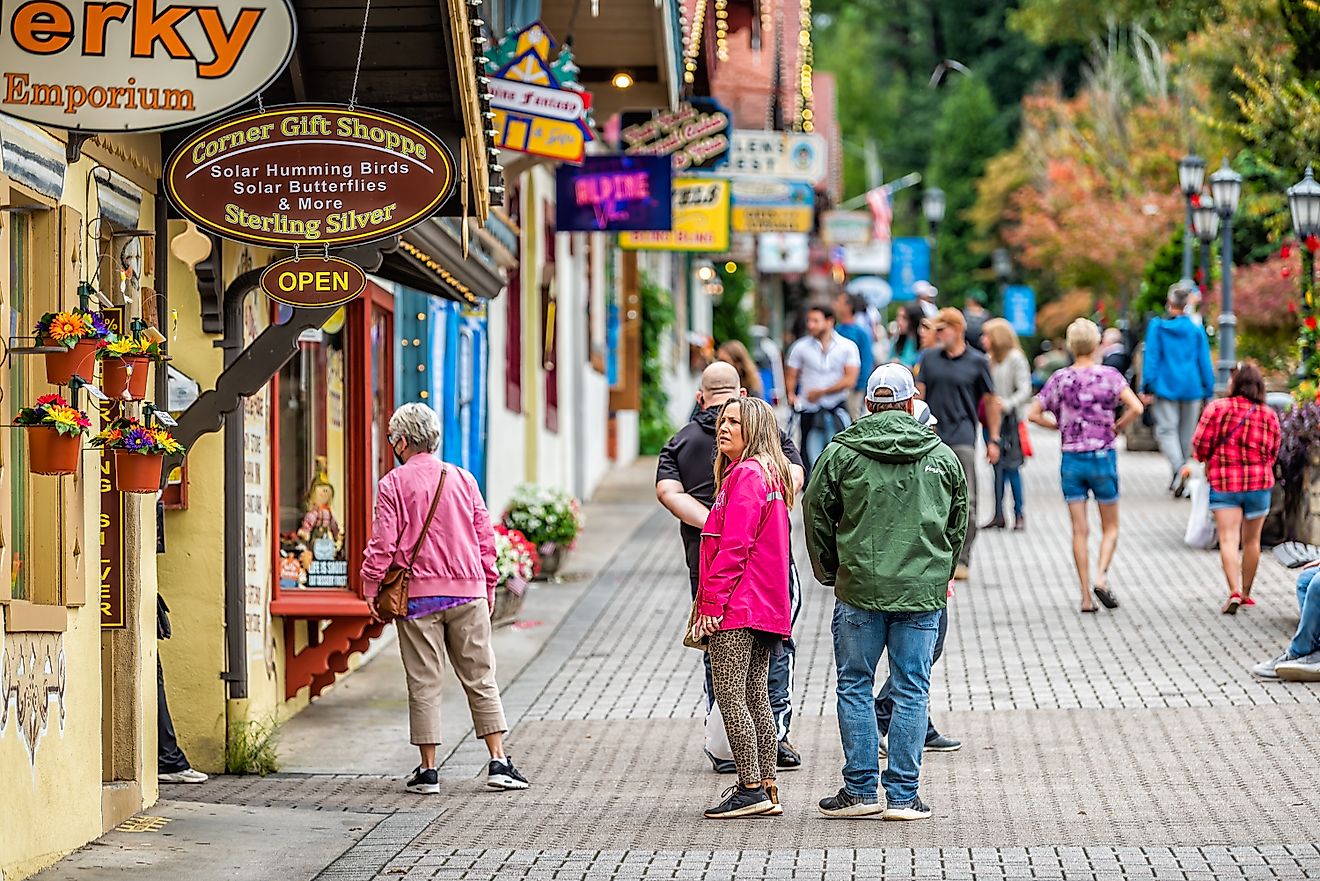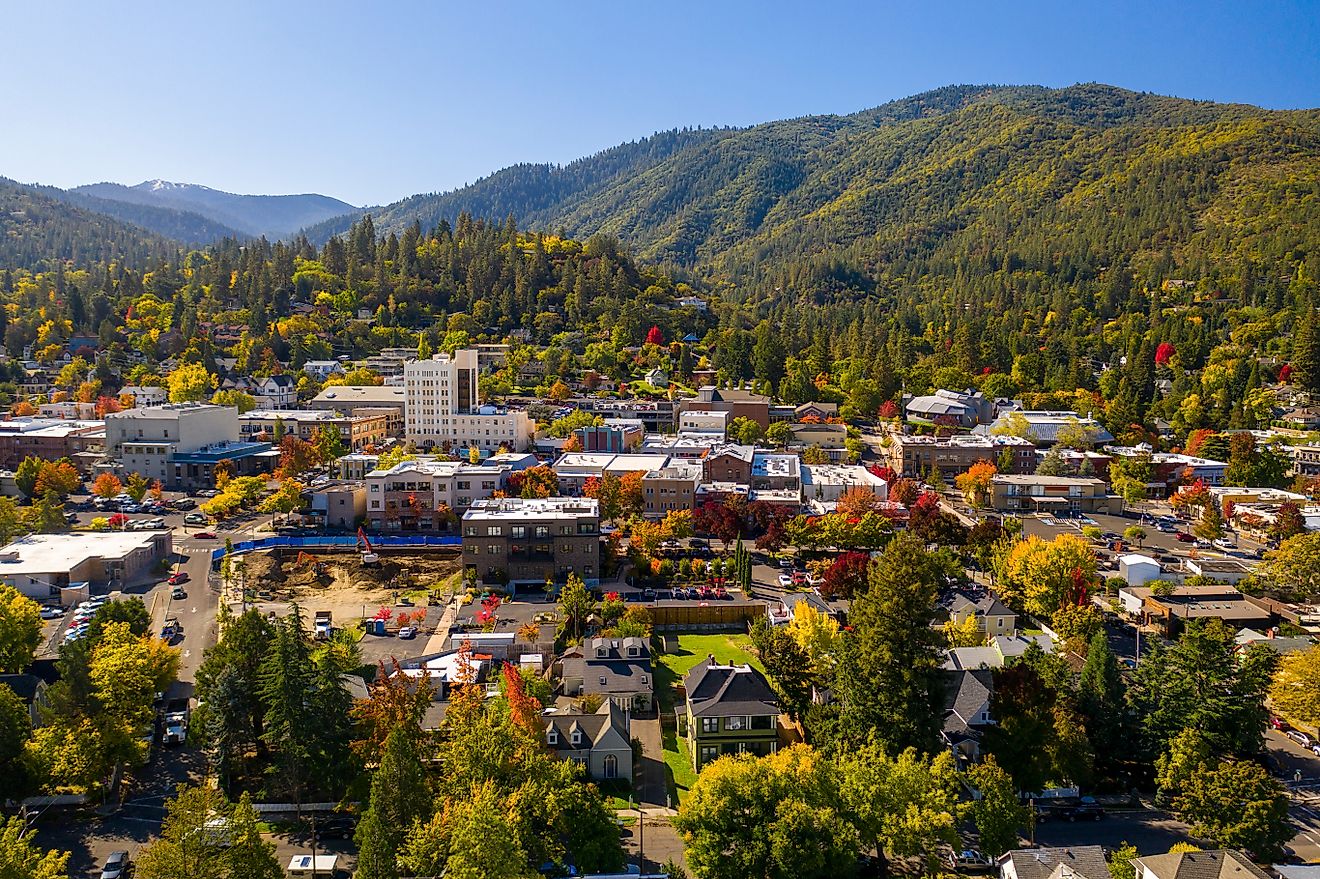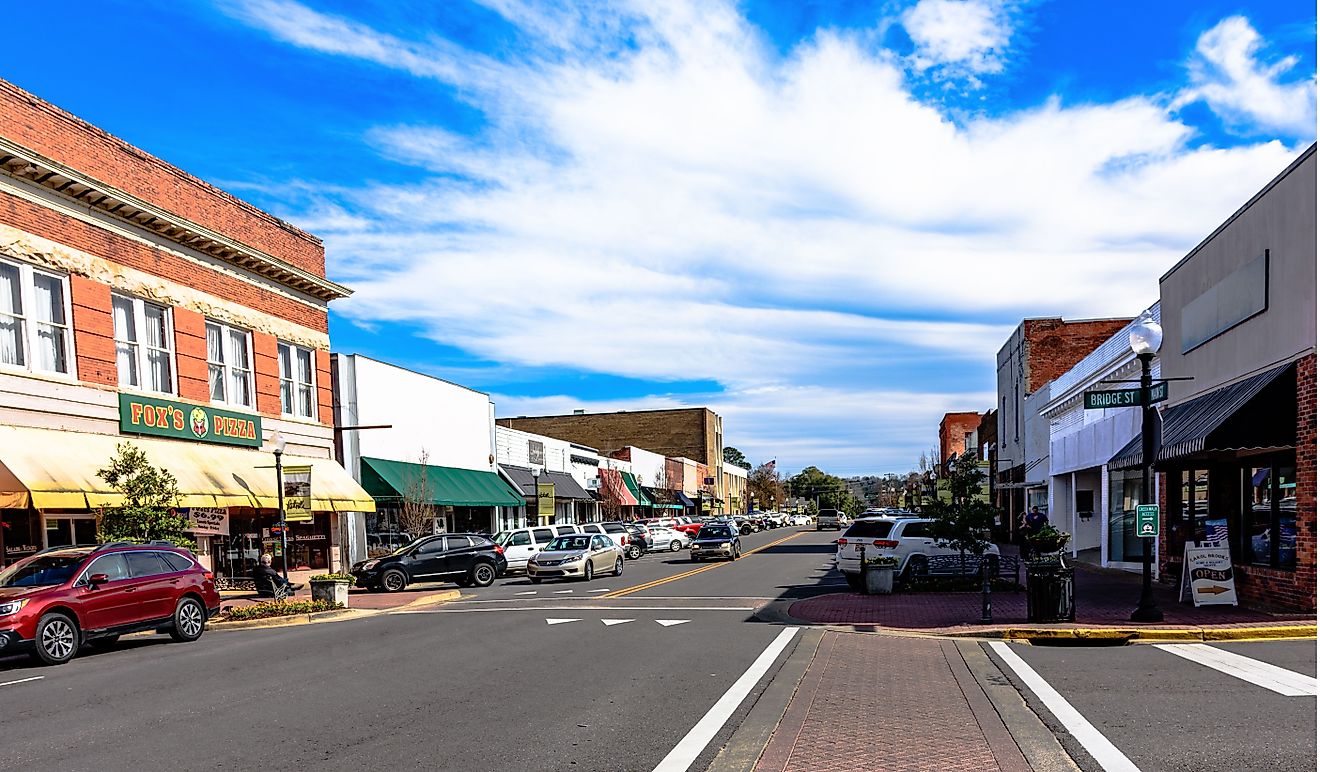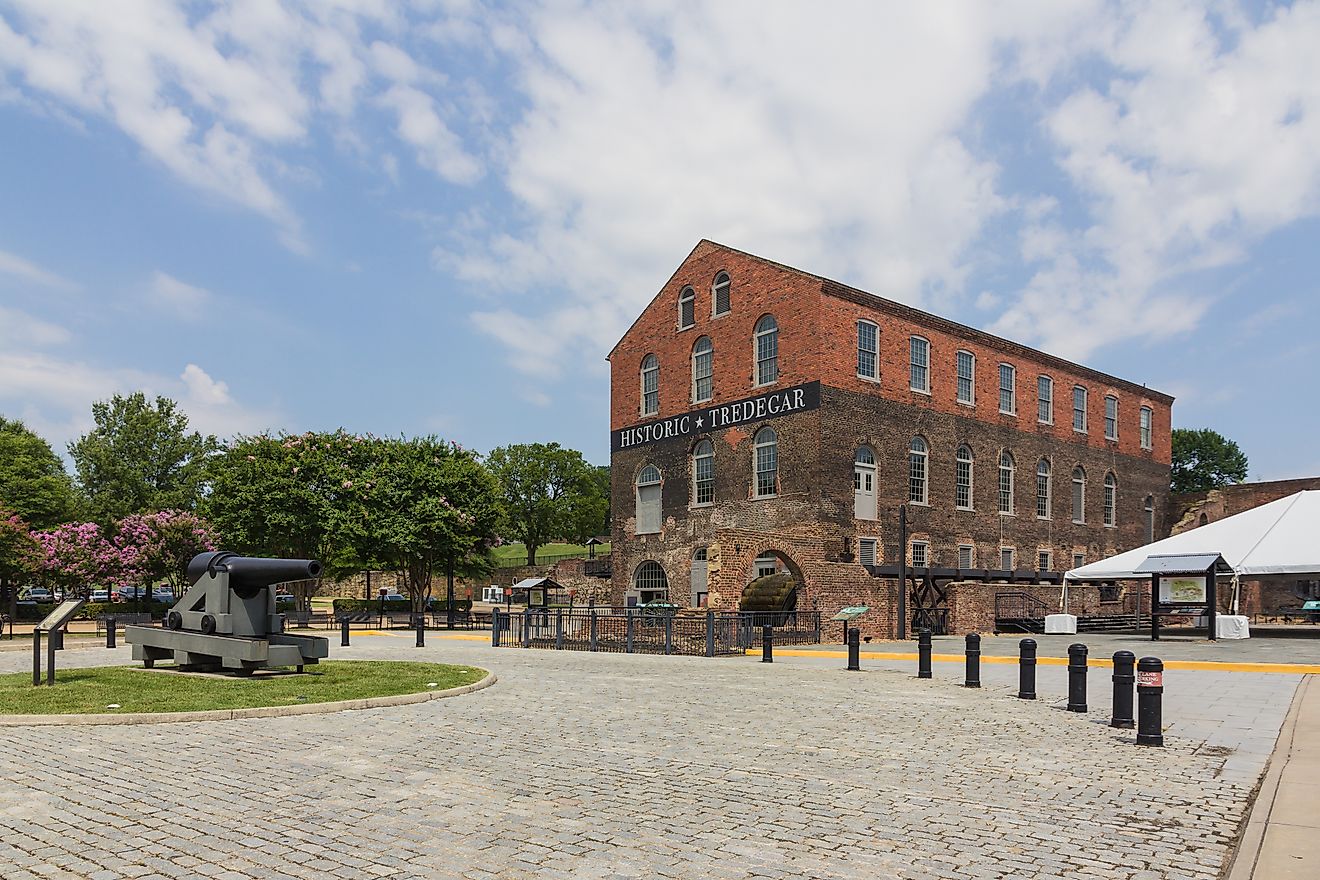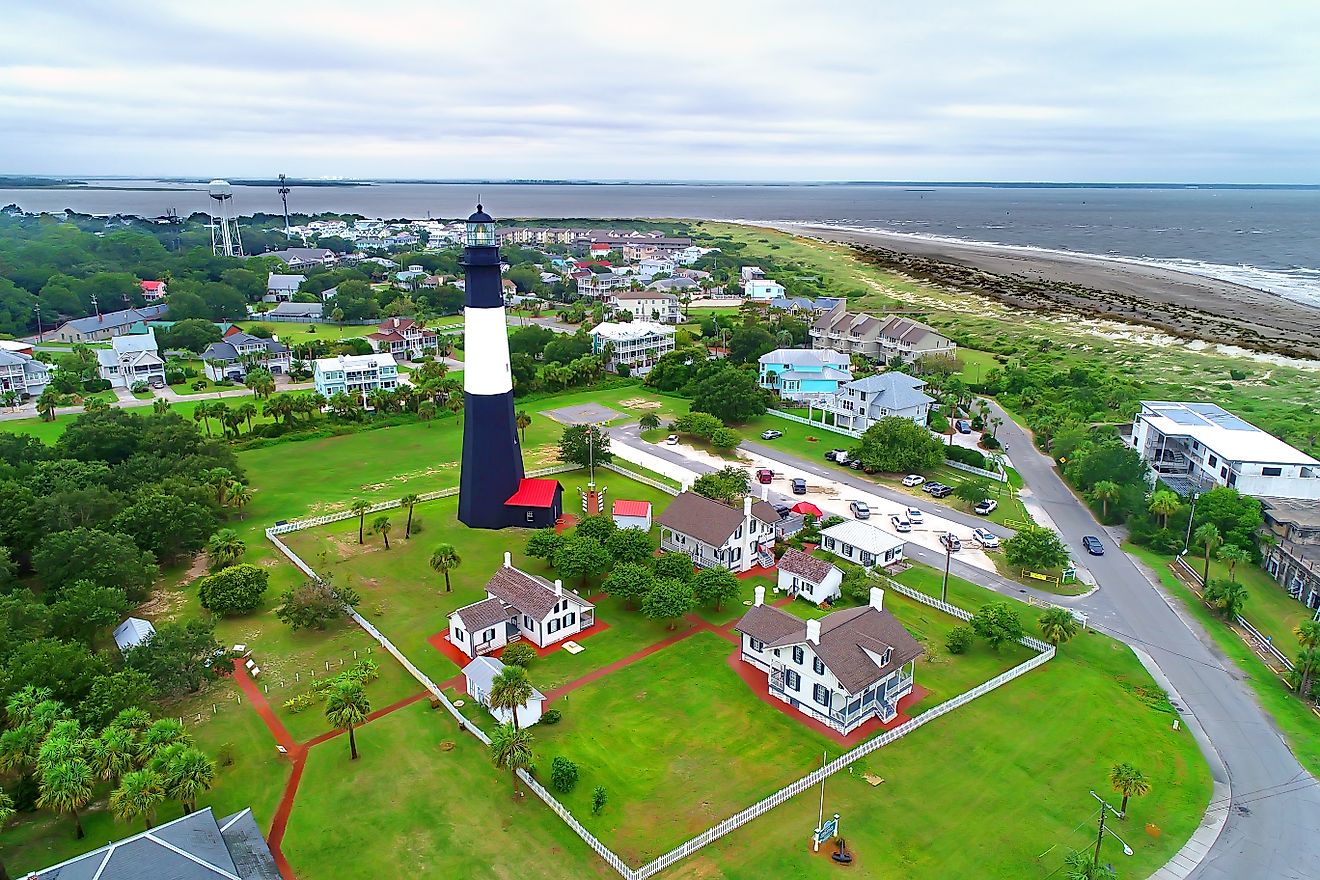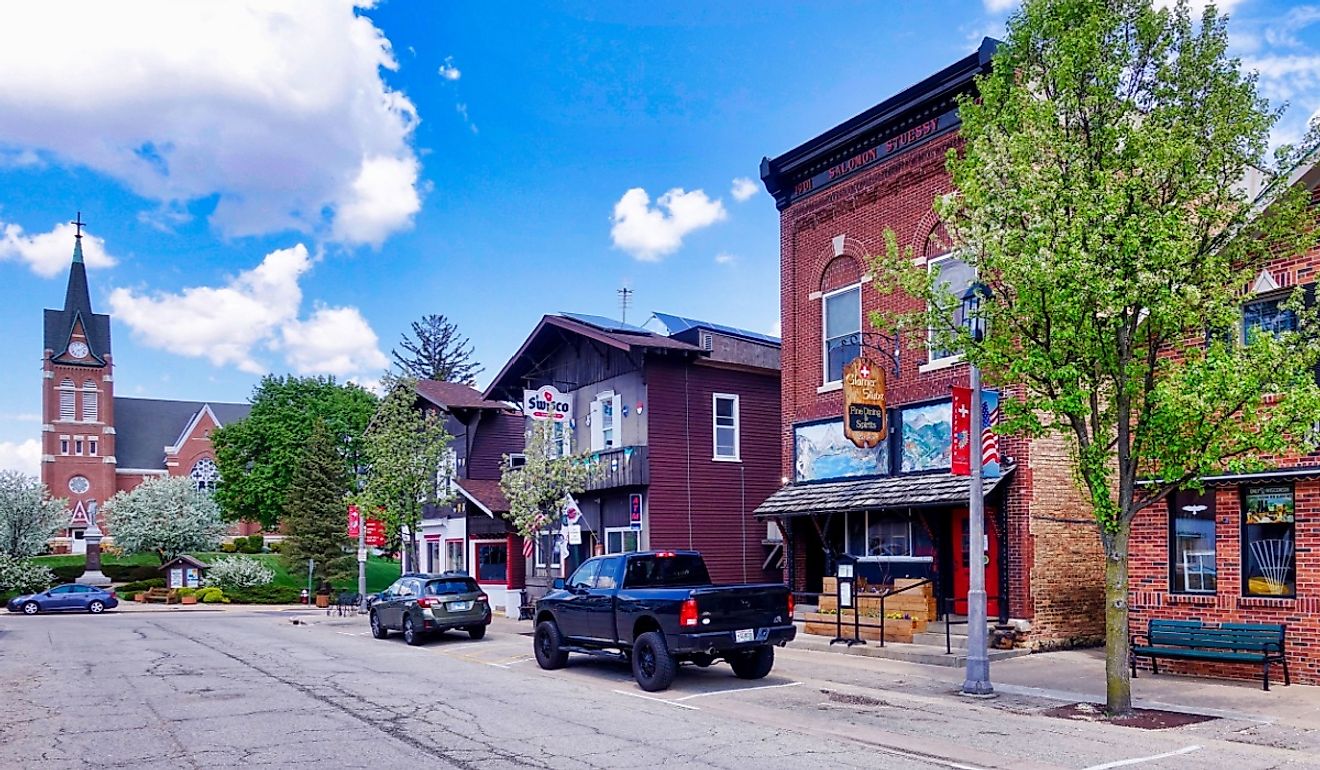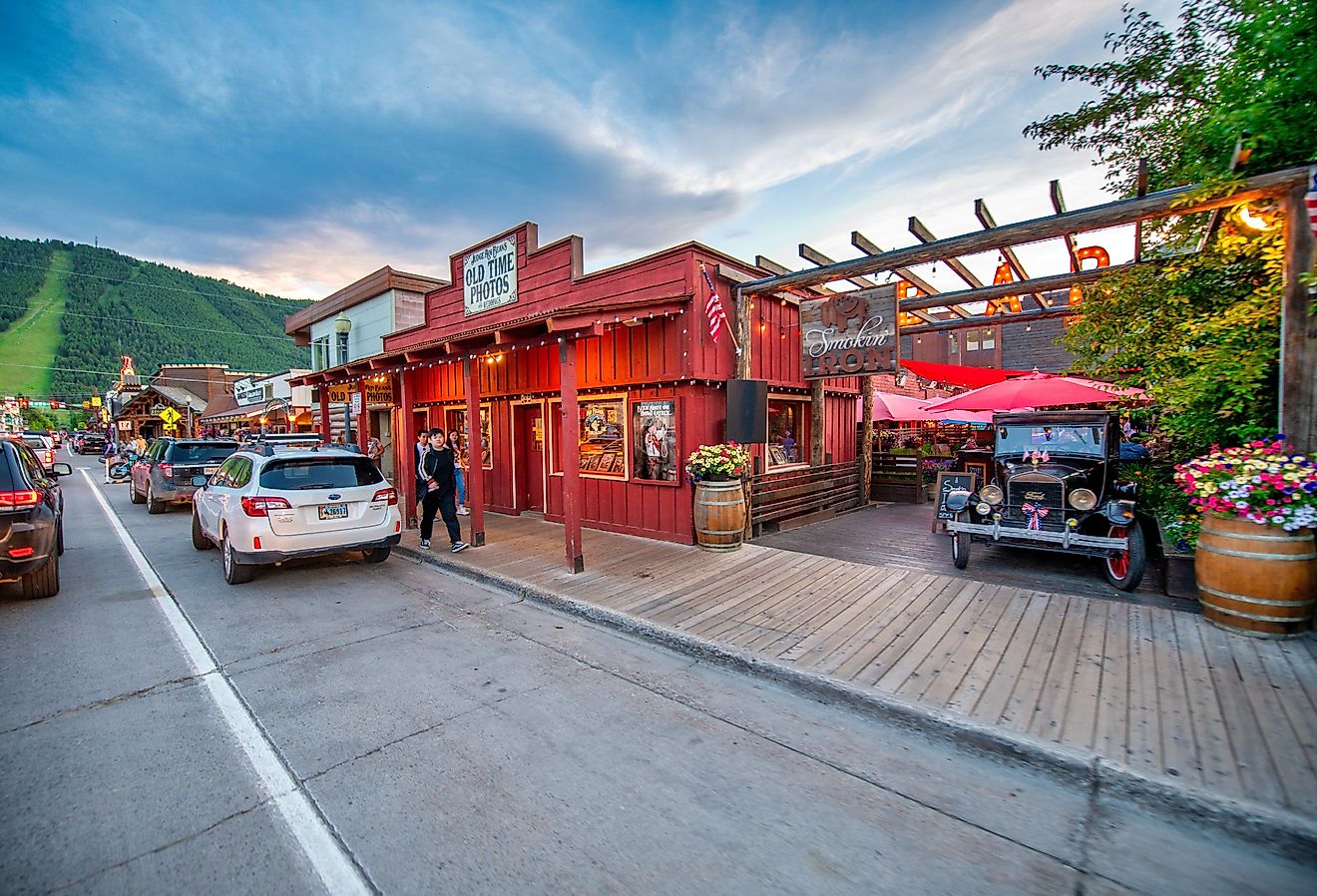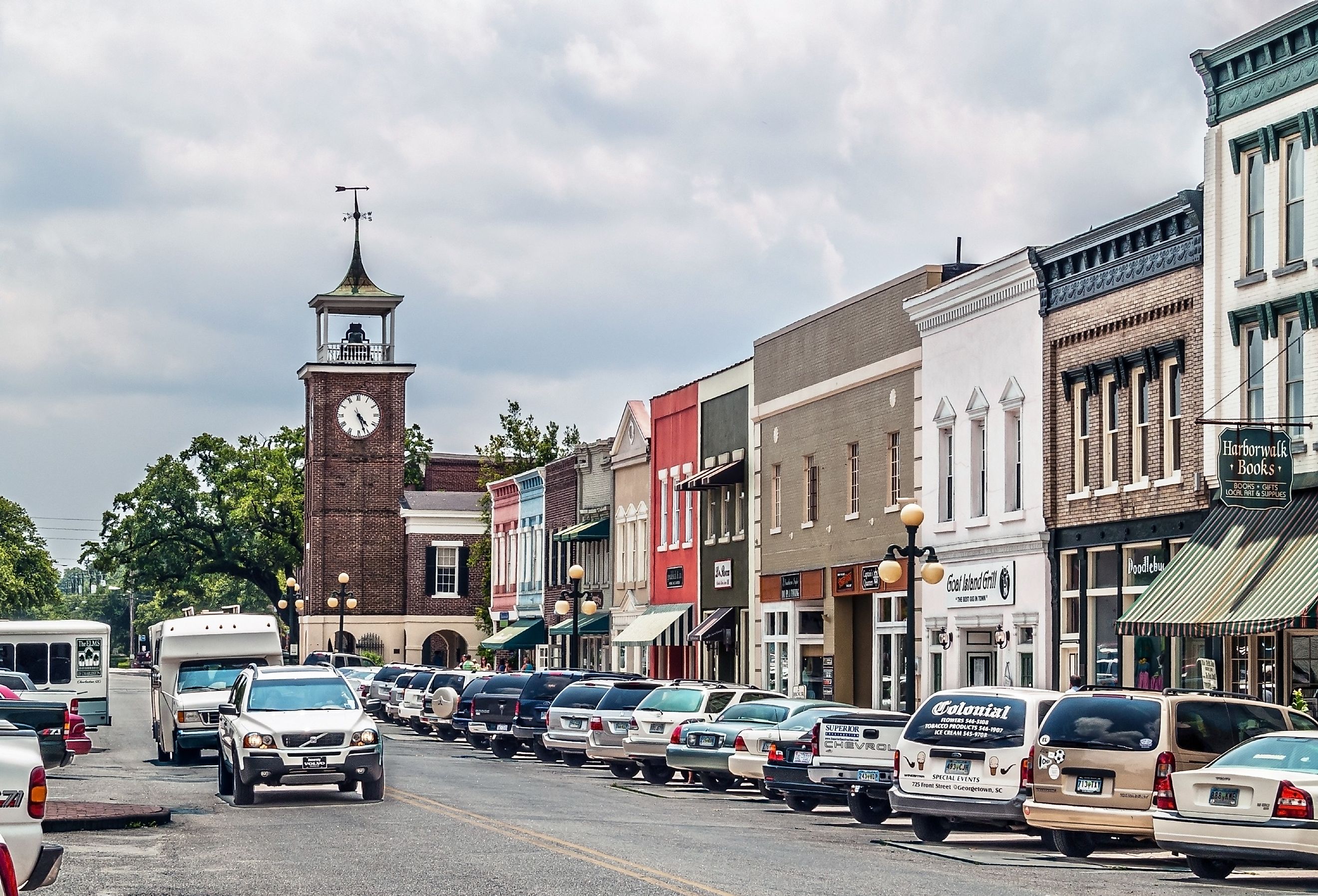
10 Old-World Towns to Visit in South Carolina
The old-world towns in South Carolina boast more than scenic streets and historic buildings—they are gateways to the state’s richly layered past. Exploring these towns, you are not only stepping into colonial or Civil War history but also discovering cultural legacies that continue to shape the present. You can sit in Newbury's more-than-century-old opera house or head to Abbeville Opera House in Abbeville's Court Square. These towns hold close to local traditions that honor these deep-rooted identities, inviting you to experience them firsthand.
Landrum
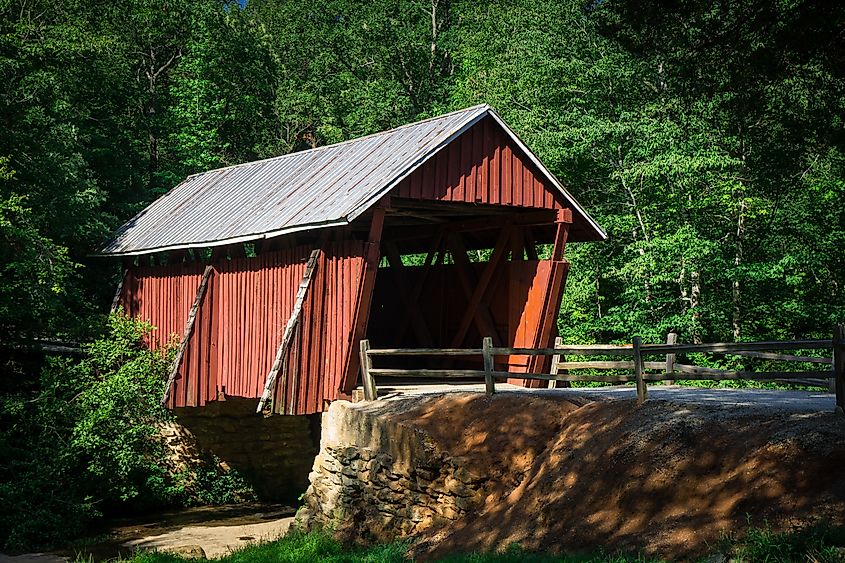
The first roots in this Blue Ridge Mountains foothills town were put down in the 1760s, but it was formally founded in 1880 with the arrival of the Spartanburg-Asheville railroad. The Landrum Depot, a preserved 1800s train station, serves as a small museum with exhibits on the town’s railroad heritage and early industry, connecting visitors to Landrum’s origins. A short drive out of town leads to Campbell’s Covered Bridge, the state's only remaining covered bridge. This picturesque bridge, built in 1909, is a favorite for photos and picnics.
Visitors are often drawn to the Foothills Equestrian Nature Center (FENCE) in nearby North Carolina, a popular 384-acre spot where 6 miles of trails wind through the landscapes. FENCE offers not only outdoor activities like horseback riding and hiking but also birdwatching opportunities for nature enthusiasts.
Edgefield
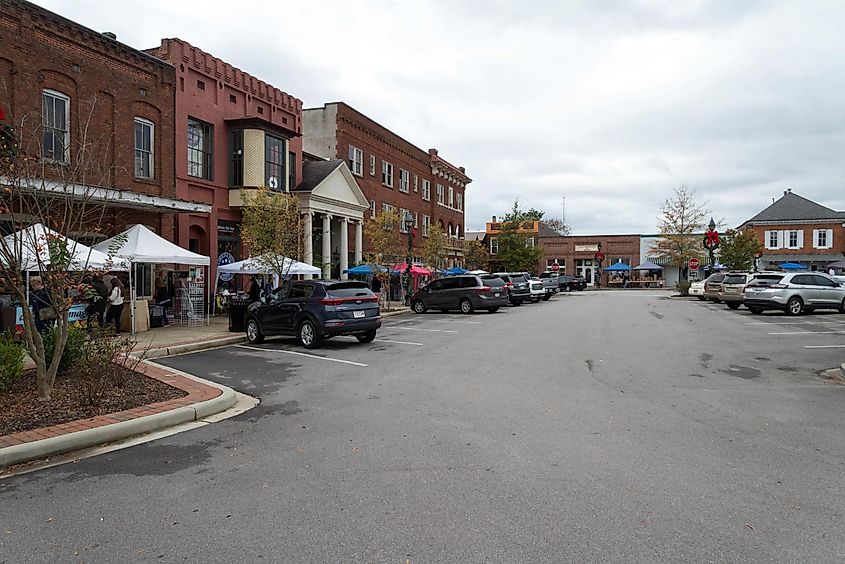
Established in 1785, Edgefield was once the birthplace of ten South Carolina governors, earning it the nickname "Home of Ten Governors." This heritage is displayed in its downtown, where the Edgefield County Courthouse and surrounding historic buildings tell stories from the colonial era to the antebellum South. The Oakley Park Museum, a historic home that once belonged to Confederate General Martin Gary, looks into the 19th-century lifestyle and local Civil War history.
Many visitors miss the Old Edgefield District Genealogical Society, an invaluable resource for those tracing family roots back to the early days of South Carolina. Edgefield also hosts the annual Heritage Jubilee in the Fall, featuring traditional crafts, historical reenactments, and Southern cuisine, celebrating the region’s lasting legacy.
Beaufort
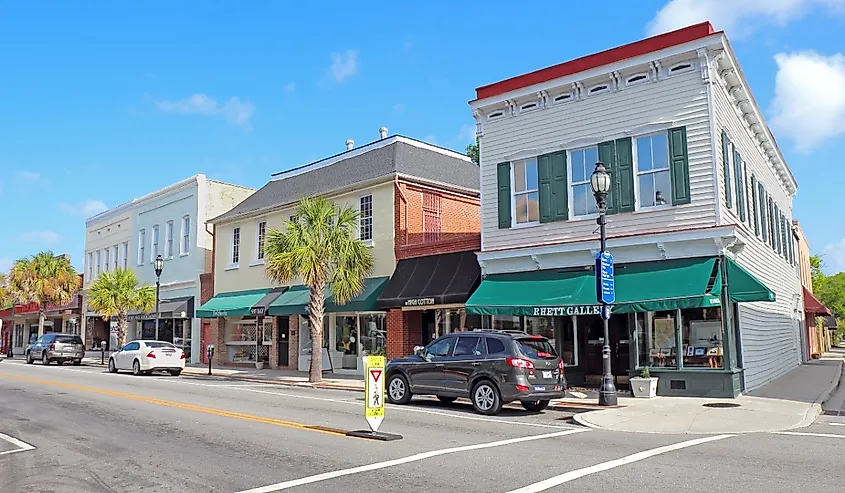
Originally a hub for planters and traders, Beaufort has been around since 1711, making it one of South Carolina’s oldest cities. The town has kept hold of its moss-draped oaks and historic homes, particularly in the Beaufort Historic District, where grand mansions showcase Federal, Greek Revival, and Victorian styles along the Beaufort River. A notable example is the John Mark Verdier House Museum, an 1804 Federal-style mansion filled with period artifacts and exhibits on Beaufort’s complex Civil War past. Additionally, the Beaufort History Museum covers everything from Native American history to the town’s Civil War involvement, deepening visitors’ understanding of Beaufort’s layered past.
The Gullah culture, which thrives on the nearby Sea Islands, plays a big role in Beaufort’s identity. The 50-acre Penn Center on St. Helena Island, just outside Beaufort, preserves this African American heritage with exhibitions and storytelling events.
Sullivan's Island
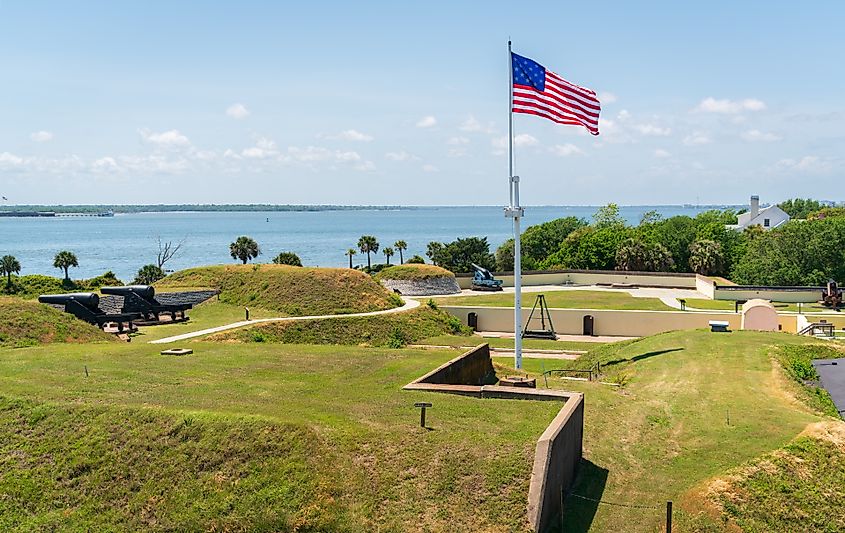
Sullivan’s Island, which started as a colonial outpost in the 1600s, is a barrier island near Charleston that has evolved since its name was O'Sullivan's Island. The island’s Fort Moultrie, where American forces defended Charleston Harbor from British attacks in 1776, saw later use in the Civil War. This well-preserved fort, part of the Fort Sumter National Monument, delivers information on coastal defense from the 18th century to World War II, making it one of the few places in the US where multiple centuries of military history are accessible in one location.
The Sullivan’s Island Lighthouse, an iconic mid-20th-century structure, adds to the island’s distinct feel with its unusual triangular design. Poe’s Tavern, a popular eatery named after Edgar Allan Poe, who served on the island in the 1820s, promises a relaxed vibe and literary-inspired menu, capturing the spirit of the island’s artistic connections.
Abbeville
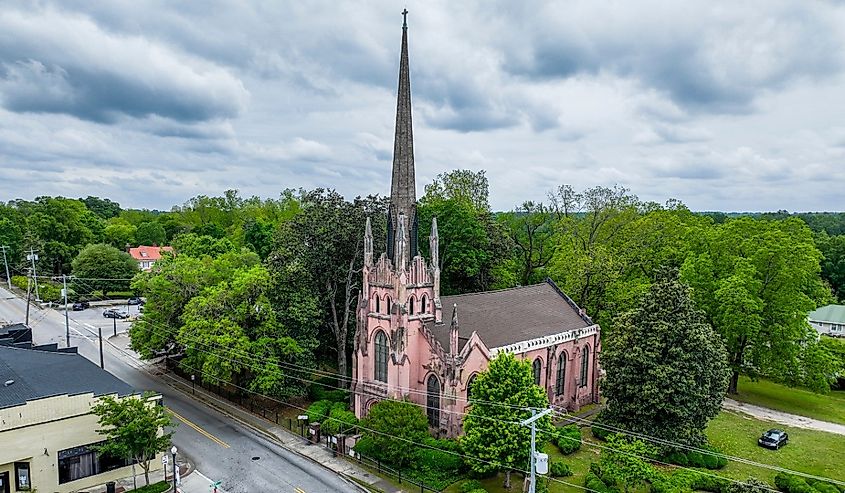
More famed with "Birthplace and Deathbed of the Confederacy," Abbeville was settled by French Huguenots in the 1750s seeking religious freedom, and their influence remains in the town’s architecture and cultural traditions. The historic downtown sets the stage, where you will find the Abbeville Opera House, a restored 1904 theater hosting live performances year-round. The Court Square, with its iconic Confederate Monument and turn-of-the-century lampposts, adds to the setting. Meanwhile, the Burt-Stark Mansion, where Confederate President Jefferson Davis held his last council of war, organizes tours with details into the Civil War’s closing days in 1865.
One of Abbeville’s treasures is the Trinity Episcopal Church, built in 1860 and recognized for its striking Gothic Revival architecture. The church’s cemetery also holds gravestones from the 1800s. Visitors can further explore Abbeville’s roots at the Abbeville County Museum, housed in a 19th-century jail, with displays from the Huguenot settlement to local folklore.
Cheraw
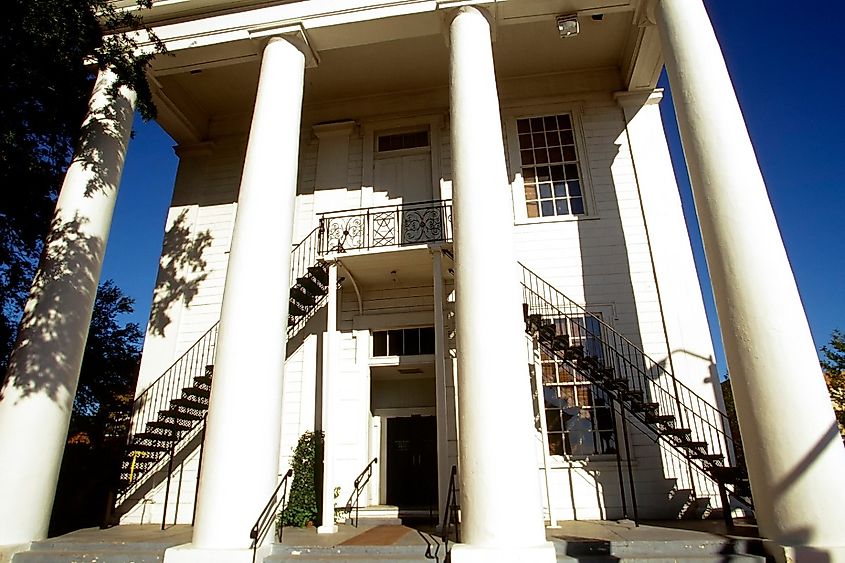
Deriving its name from the Siouan tribe who called the area home before the European settlers developed Cheraw as a trading hotspot along the Great Pee Dee River in the 1740s. The town was inducted in 1820 and today claims fame as the “Prettiest Town in Dixie." The Lyceum Museum, located in an 1820s building, showcases Cheraw’s early industries, colonial artifacts, and local artwork. A short walk away is the Old St. David’s Church, a 1770 construction, one of the state’s oldest churches, and a significant site for both American and British soldiers during the Revolution.
Cheraw is also known for its connection to jazz legend Dizzy Gillespie, who was born here. The town honors his legacy with a statue downtown and an annual Dizzy Gillespie Jazz Festival each fall, where live jazz performances bring the streets alive.
Georgetown
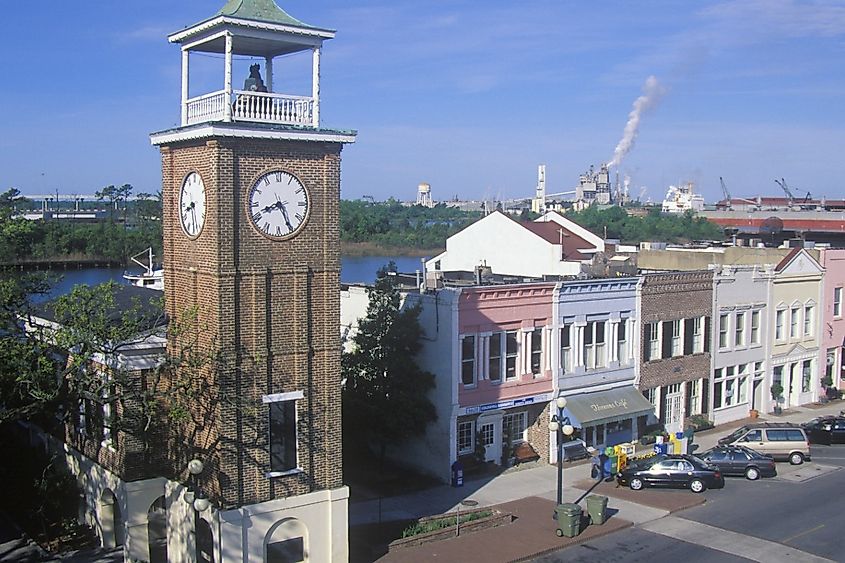
Georgetown served as a vital shipping hub for rice and indigo during the colonial period. Today, visitors can discover the remnants of this prosperous past throughout the 1729-incorporated historic district. On the Sampit River banks, the Rice Museum showcases the region's rice plantation history and the lives of the Gullah people who contributed to its success. The museum is housed in a Classical Revival Old Market Building.
The Georgetown Wooden Boat Show, held each October, upholds the region’s maritime culture and craftsmanship. Visitors can enjoy live music, boat exhibits, and delicious Lowcountry cuisine.
Newberry
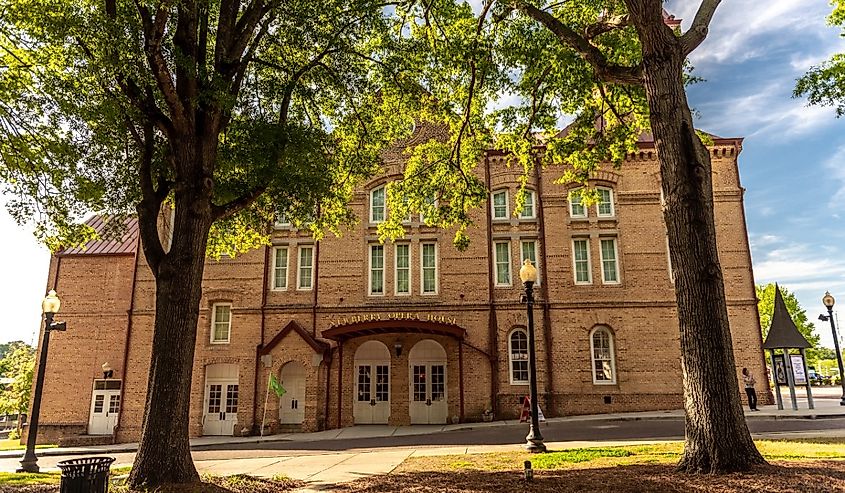
With its location at the crossroads of several major highways, Newberry became a hub for agriculture, especially cotton, and played a significant role during the Civil War after its founding in 1789. The Newberry Historic District features an array of architectural styles, including Victorian and Classical Revival buildings, many of which house shops, cafes, and art galleries. The Newberry Opera House, built in 1882, is a centerpiece of the town. This historic venue hosts a variety of performances, from concerts to theater productions, and serves as a gathering place for cultural events.
Furthermore, The Newberry Museum steps up by focusing on local history, notable figures, and artifacts from various eras. One highlight is the "Old Newberry" exhibit, which showcases the early days of the town and its development over time.
Camden
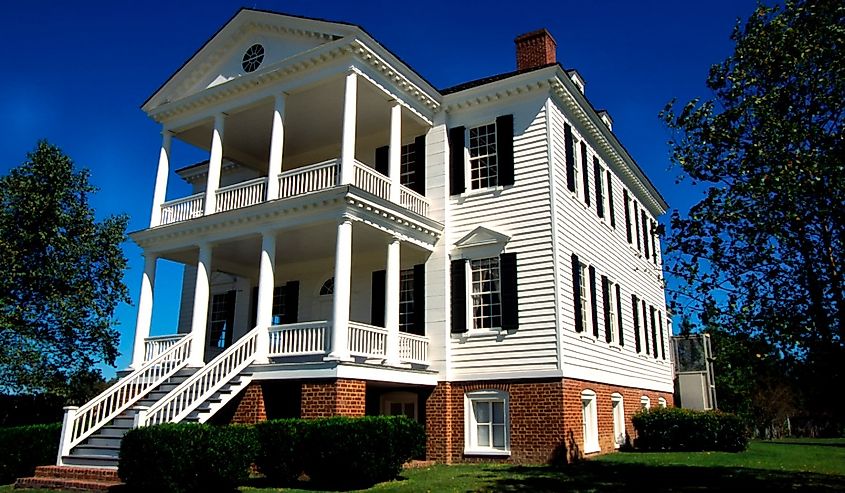
Originally set up as Fredericksburg in 1732, Camden gained its name in 1768 with an official town seal in 1786. Along with holding the title of South Carolina's oldest inland town, it was a key British outpost and the site of significant battles, which left a lasting imprint on its identity. Right in the middle is the Historic Camden Revolutionary War Site. This 107-acre outdoor museum includes a reconstructed colonial village, authentic log cabins, and the Kershaw-Cornwallis House, a historic structure that once served as British headquarters. Visitors can take guided tours, explore the grounds, and learn about Camden’s role in the Revolutionary War. The Camden Archives and Museum also has a collection of artifacts, photographs, and documents from various periods.
Equestrian culture is another standout, with Camden hosting major events like the Carolina Cup, a spring steeplechase that draws thousands of spectators for a day of racing, tailgating, and Southern hospitality. Camden’s love for horses is further celebrated at the National Steeplechase Museum, where exhibits on equine sports history and memorabilia capture the town’s long-standing connection to horse racing.
York
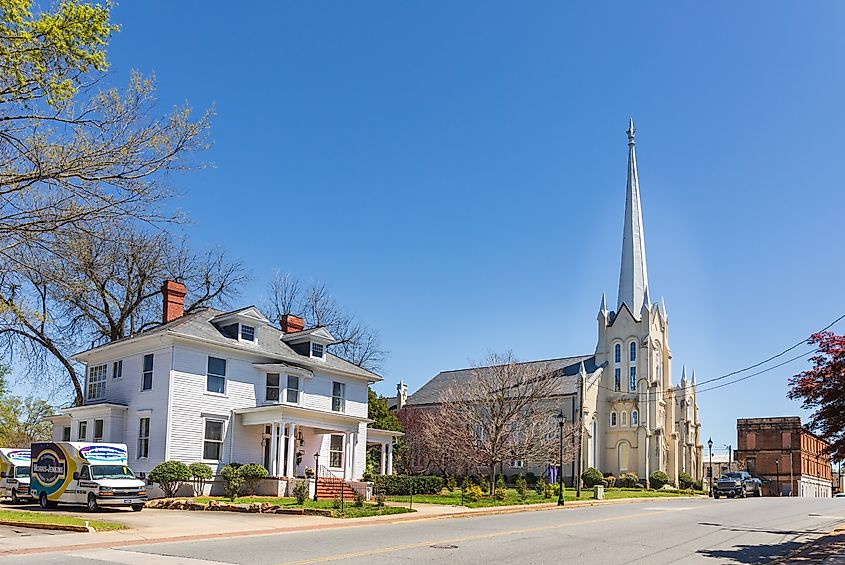
York, often called the “White Rose City” after the War of Roses in England, was established in 1785 and is packed with architectural treasures, including Federal and Greek Revival homes, lending an air of timelessness to this quaint town. The McCelvey Center, an old 1852 college site turned cultural hub, where displays on local history, textile industry roots, and rotating art shows throw light on York’s heritage.
Meanwhile, the Sylvia Theater, a renovated movie theater from the 1920s, is a standout attraction. Today, it hosts live music and events, bringing a lively cultural scene to the town. Additionally, York’s annual Christmas parade and tree lighting in December bring a festive atmosphere to the town’s historic streets.
Whether wandering through the cobblestone streets of Abbeville or savoring Southern cuisine in the timeless setting of downtown Cheraw, visitors experience authentic connections to South Carolina’s past. Each town invites you to slow down, learn, and appreciate the generations of stories embedded in their architecture, traditions, and people. Visiting South Carolina’s old-world towns isn’t just travel—it’s an enriching journey into history, culture, and the warmth of a true Southern welcome.
